This week on the podcast I am talking to Anita Bean about something I’ve got very wrong in the past, on the run fuelling. With everything going on in the world right now, I know that marathon training and race nutrition is probably not top of your agenda. However, I hope that listening to this week’s podcast or reading the advice in this blog might help with training and future racing (and take your mind off things for a little while!)
Anita is a Registered Nutritionist, health writer, author of three dedicated cook books, and multiple sports nutrition titles, 29 titles in total! She is also the Official Nutritionist for the London Marathon, for Ride 100 and Good Housekeeping Magazine, which is where our paths first crossed about nine years ago!
How important is it for us to fuel on the run?
Fuelling on the run becomes very important on runs which are longer than sixty minutes. After running for sixty to ninety minutes, you are running low on glycogen which is the limiting factor for any endurance exercise. When you run out of glycogen (our body’s carbohydrate stores), you can’t keep up the intensity and pace of your run.
The idea of in run fuelling is to maintain your blood sugar levels, to eke out your body’s precious glycogen stores, to delay fatigue and allow you to keep going longer at your desired pace.
When should we start fueling during a marathon or half marathon?
Everyone varies. The rate of glycogen depletion will depend on your running intensity. In other words, how fast you are running, if you are running up or down a hill etc.
It will also depend on how much glycogen you have to start with. So even if you start your workout or race fully fuelled, you only have about 500grams of glycogen which is not very much. Most of it is stored in your muscles: 400g there and about 100g in your liver. This depends a little bit on your body size and muscle mass, but is so much smaller than your fat stores, for example.
When you are running, you are burning a mixture of glycogen (your carbohydrate stores) and fat. That fuel mixture will vary according to your exercise intensity and the duration of your run. Typically you will be burning more glycogen at the start and as you keep going, your aerobic systems kick in, you will be burning gradually more fats and so the fuel mixture changes.
Your pre run diet will have an effect too. If you have eaten more carbohydrates beforehand, your body will tend to burn more carbohydrates because that is more available. Carbohydrates are extremely important for every runner, especially if you want to run fast!
You are always going to be relying on carbohydrates- it’s our most precious fuel. When you exercise and feel fatigue, it is largely due to glycogen depletion though other things like dehydration which come into it. Keeping up your glycogen store is the main objective of fuelling while running.
But how many carbohydrates can our body actually absorb?
The maximum rate your body can absorb carbohydrate is about one gram per minute, or 60g per hour. The ideal amount of carbohydrate that you should be consuming is between 30 and 60g per hour.
So if you are running a 4-5 hour marathon pace then close to 30 would be optimal, if you are going at a 3-4 hour marathon pace, then go for 60g per hour.
It is possible to absorb a little bit more, but that’s with conditioning. If you are Eliud Kipchoge, you would be having about 90g per hour but that’s the maximum and it needs to be a mixture of different types of sugars.
One of the biggest mistakes amongst marathon runners is over-consuming during the race itself.
If you over consume gels and other products plus sports drinks they are likely to just sit in your stomach and cause you to feel incredibly uncomfortable or even throw up.
What does 30g carbohydrates look like in real terms?
- Two average bananas
- two very large medjool dates
- about 40g of raisins
- six jelly babies
- most gels would be about 20 – 25g of carbs
How often should you eat during a marathon?
It is a very individual thing. The aim of fueling on the run is to maintain blood sugar levels, and how often you need to fuel to enable this will depend on pace, length of run and body composition. Whilst fuelling every 30 – 45 minutes would probably suit most runners, there are no hard and fast rules.
Most marathoners would probably want to start refuelling after about 45 minutes, then roughly every five miles or thirty minutes depending on your pace. For 3ish hour marathoners, you might want to be fueling more frequently, perhaps every twenty minutes, but that would be something that you have got to find out for yourself in training – establishing what works for you.
What should you eat during a marathon?
During a marathon, you are burning about 2600 calories, give or take, but it doesn’t mean you have to consume that amount of calories during the race or even on race day itself.
The objective is that you will be consuming carbohydrate and all the energy you need beforehand, in the preceding two or three days. That’s going to be your main focus, building up your glycogen stores so that on race day itself you will be consuming carbohydrates in your high carb breakfast roughly two to three hours beforehand.
Sports nutrition products are designed for fast absorption and ease while out on your run, but part of the reason these gels and specially formulated drinks work so well is the combination of carbohydrate sources they combine. The body can’t absorb more than 60g (2oz) of carbohydrates per hour, if ingesting it from a single source. However, if you mix your carbohydrate sources, you can absorb up to 90g (3oz).
During the race itself, it’s the carbs that you need to keep track of. Looking at the 30 gram of carbohydrate portions, that’s roughly 150 calories. I don’t think people want to be getting too obsessed about counting calories, with its negative connotations. Focus more on the carb element, as that is what is going to matter in terms of absorption and digestion of the energy, and therefore your ability to release the energy and sustain your energy output during the run or the race.
GENERAL FUELLING RULES
Run duration – Under 1 hour = no fuel needed, water if it’s hot
1–3 hours = 30–60g (1–2oz)
3 hours + = 30–90g (1–3oz) carbs per hour
What are the differences between real foods and sports nutrition products?
Different things suit different people. It is really important to test everything out in training, so it is a lot of trial and error to work out what works for you and then stick to it.
Real food is nutritious, probably a bit cheaper and more likely to agree with you especially if you are prone to gut problems. You can go for the dried fruit option, fruit and nuts bars are really good – there are lots of options on the market, and you can make your own energy balls. They are essentially made from nuts, for example ground almonds, cashews, and dried fruit such as dates, raisins, dried apricots, dried mangoes. You can even add cacao! You put them all into a food processor, mix them up and then shape them into balls or bars or whatever works for you. Then wrap them in cling film or foil and hey presto! Cheaper and ‘better for you’ snacks! Bulk make them and keep them in the freezer too.
Do you need energy gels for a marathon?
Not everyone loves gels, and you definitely don’t need them to fuel your marathon. However, they can be very useful when it comes to running 26.2 miles.
What has worked for me are Gu gels. I particularly like the salted caramel and the salted watermelon flavour, partly because I just like the salty balance with the sweet. Although by the end of the marathon, I don’t ever want to see one again!
Other more natural options include Endurance Tap (basically maple syrup, salt and ginger) and Huma Gels. They are a chia seed mix, with flavours like Apple and cinnamon which taste a lot more natural and are very gentle on the stomach. I know a lot of people with issues with gels have got on with these ones.
Alternatively you can make your own gels. I’ve got a recipe for Apple Chia Gels, Berry Chia Bites (download the recipe here) and Fruit Smoothie gels.
Real Food Marathon Fueling
A Mintel survey, released in January, showed that real food sports nutrition is going to be a strong trend for 2020. People, including top runners, are moving away from commercial sports nutrition products and closer to products made with natural ingredients and actual foods. We seem to be going back to what people were consuming twenty or thirty years ago, the dried fruit and the bananas.
Indeed there was a study, released towards the tail end of 2019, where they compared potatoes with gels. They found that potatoes were just as beneficial in terms of maintaining blood sugar level, maintaining performance and endurance, and a great source of potassium which runners often need.
Potassium is one of the electrolytes we would get in a sports drink, and here you get it naturally in potatoes.
Leftover roasted potatoes or roasted wedges, which are much more convenient than mashed potatoes which were used in the study. Small baked potatoes, particularly on ultra marathons, are a good balance of savoury to the sweet/fruit snacks generally offered which can lead to flavour fatigue on those very long races.
Other runners like pretzels, or even mini sandwiches, like peanut butter or jam or cheese. Sliced white bread is actually better for you on those long runs as you don’t want to be having a high fibre diet while running for obvious reasons!
Some runners find that having real food at the beginning of a marathon and then sports products towards the end works for them, because the sports nutrition products are designed to be absorbed at a faster rate and get into your bloodstream a little bit faster.
A good strategy for offloading the bigger heavier food items at the start and carrying the lighter gel type products for the longer distance! Lightening the load as it were!
Is caffeine good for long-distance running?
The golden rule with caffeine is to ensure you have tried it during training. It does not agree with everyone. People tolerate caffeine in different ways, and a lot of that is actually genetic.
Caffeine has been researched for many years and we know that it does work as a brain stimulant, it blocks the action of a chemical in the brain called adenosine which normally makes you feel quite sleepy and relaxed, so by blocking that, it means you are getting the benefits of alertness and overcoming fatigue. That is definitely something you want in the later stages of a race, where it reduces your perception of effort. In other words, running feels easier.
If you react well to caffeine in day-to-day life, then try it in training!
The ideal amount in studies is somewhere between 1 and 3 milligrams per kilogram of body weight. Say you weigh 60kgs. You would need roughly between 60 and 180 milligrams.
Gels vary widely, but contain between 25 and 75 milligrams depending on the brand. So you might need a couple of those per hour towards the end of your race. An average sized double espresso from a high street coffee shop chain contains approximately 100milligrams.
Caffeine peaks in your bloodstream after about 45 – 60 minutes, but it will stay in your bloodstream for several hours. It comes down gradually after about six hours or so.
So even people who can’t tolerate caffeinated gels or caffeine on the run, could benefit still by having a morning tea, coffee or Diet Coke. Caffeine in some format provided that you have tried it in training. If it agrees with you, it may allow you to run longer at your chosen pace before you hit fatigue.
Does Coke Work as Marathon Fuel?
I just listened to a podcast with Jacob Riley’s coach, (Jacob Riley came second in the US Olympic Marathon trials this Spring 2020). He actually had flat Coca Cola in his bottles towards the end of his race!
The surprising thing about coke if you look at the caffeine content, it is actually quite low compared to coffee, gels and other caffeinated sports products. So if you do choose to use good old fashioned Coke, you might need to consume quite a lot. So you might need to do a combination of pre race coffee and a gel later, or coke.
Coke also has a bit of a psychological effect on people as they associate it with enhanced performance! So if you consume something you believe is going to enhance your performance, it probably will, whether or not it really and truly works at a physiological level. Regular coke contains quite high levels of sugar; it’s actually a bit too concentrated to be a sports drink. But if you were to dilute it half and half (with Diet Coke) that’s the perfect mix for a sports drink, about 6g per 100ml. And supermarket own brands work just as well as the red bottles!
Why do I feel sick on the run?
Nausea and gut problems generally can set in after about 60 or 90 minutes. You might be absolutely fine up until that point and then it suddenly hits you. We don’t know quite why. It is probably related to the fact that about 80% of your blood supplies are diverted away from the digestive organs to the muscles during running. Plus you have the physical jostling of the intestines and digestive organs.
But it could also be anxiety during the race – your stress hormones perhaps – although it could be food triggers too. One of the common culprits is your in-race nutrition: your sports drinks, your gels, the products we have been talking about as they are quite concentrated in sugar. Of course, when you are running and go over that sixty minute barrier and that’s when your gut movement – we call it gut motility – that tends to slow down, everything slows down, and the gels or products you were fine with in training are just going to hang around for longer under race conditions. You feel very uncomfortable and unwell.
Feeling prone to nausea and other gut problems are surprisingly common, by the way. The latest survey carried out at John Moore University in Liverpool found that between 25 and 50% of runners suffered from this.
Common triggers for on-the-run nausea;
- caffeine
- concentrated sports drinks and gels
- too much fibre pre-race
- over-fueling on the run
- dehydration
The good news is that you can train your gut. So while your default response may be to stop eating and do the race on empty, you can train your gut to absorb and digest fuel on the run. So start very small, say a bite of banana or a bite of an energy bar. Next week it’s two bites, and so on. By gradually increasing the amount of food in your gut, your gut becomes accustomed to that, and you will gradually increase the amount of carbohydrate transporters in your gut. Just as your muscles adapt to running, your gut will too.
The final thing I recommend doing is to look at your gut health. That means increasing the diversity of the gut microbes which live in your gut. New research with high performing athletes, they do have a more diverse gut microbiome. You can influence that through diet is by having plenty of plant foods: Fruit, vegetables, beans, lentils, whole grains. There is more and more research coming out that your gut health can influence your performance, so if you really want to be the best runner that you can be, you’ve got to be looking at your gut health. And vice versa, your cardiovascular fitness can also impact gut health. It’s all about eating a balanced diet!
Listen to the Cook Eat Run episode on Fibre & Gut Health with Kaitlin Colucci for more tips on how to look after your gut health.
How do you stay hydrated during a marathon and when should we start hydrating in a race?
Hydration is as important to race day performance as fuelling with carbohydrates. There are no hard and fast rules about the frequency of drinking because it will depend very much on your sweat rate. However there are a few general rules…
- Start the race hydrated
But don’t keep drinking all the way to the starting gun. Be hydrating up to two hours before the start. If you are drinking too close to the start of your race, you will just be running to the nearest portaloo! The best way to check if you are properly hydrated is to look at the colour and volume of your pee. It should be pale yellow. If it’s dark, you know you are not well hydrated.
- After starting the race, it is a question of listening to your body and drinking to thirst.
There are no strict rules about how much to drink, or how frequently to drink. Drink when you feel thirsty. A rough guide is somewhere between 400 – 800mls per hour at marathon pace, which boils down to between 100 -200mls every 15minutes. 100mls is probably about three big gulps.
Are electrolytes necessary for runners? Is a mixture of water and electrolytes best for hydrating during a marathon?
The general rule is that if you are running for less than an hour, water is all you need to drink as hydration is your priority. But if you are running longer than an hour, then you will benefit from the extra carbs, so either have that in the form of a sports drink or squash (diluted 1:6 which gives you a solution about 5 – 6% sugars).
You will only need electrolytes or some sort of drink containing sodium if you are sweating heavily – so a really hard run in hot conditions. A practical solution is to drink water and eat the carbohydrates for example jelly babies, gel or bananas.
Tips for carrying water on your run…
- Hydration packs – my fave is Nathan Hydration
- Handheld water bottles – again I love Nathan Hydration
- Waist belt with water bottles
- Run loops around your house/leave a water bottle on your loop
- Buy water on your run or find a route with water fountains
Should we be thinking about taking salt during a marathon?
A lot of people get confused between sodium and salt. The IOC, the International Olympic Committee, has officially recommended that for most forms of exercise, up to an hour or two, you don’t need additional sodium. You will have enough body stores so it won’t be a limiting factor for your performance; even though you are losing a little bit, most people take in more than enough through their everyday diet.
However, when your sweat losses are very high, for example in summer when it’s hot and humid, or you are exercising longer than two hours, the sodium loss can potentially affect your performance. That’s when a sports drink which has got added sodium, or a homemade version, for example squash with half a teaspoon of salt added to a litre of water, or a commercial isotonic sports drink – more expensive but often available at races – can be good. Some people like to use electrolyte tablets which are essentially flavoured sodium, to replace your losses when you are sweating very heavily.
But some people are heavy sweaters! So it is about individual body chemistry. It is possible to get your sweat rate tested, but you probably know if you are a heavy sweater. If you can see a salt line on your clothes, or can see white marks, or even lick your skin, you would probably benefit by having an electrolyte drink of some sort under those conditions.
What about salt pills? Are they useful?
Salt pills, what we used to call salt tablets, are not so widely available as electrolyte tablets are now. You do not need them unless you are running a marathon, perhaps in the desert. So not your everyday workout! Salt replacement is really only necessary for ultra events, triathlons perhaps and events in extreme weather conditions.
This is a transcribed version of Cook Eat Run podcast, please do check it out, and rate and review it on iTunes, Spotify or wherever you get your podcast.
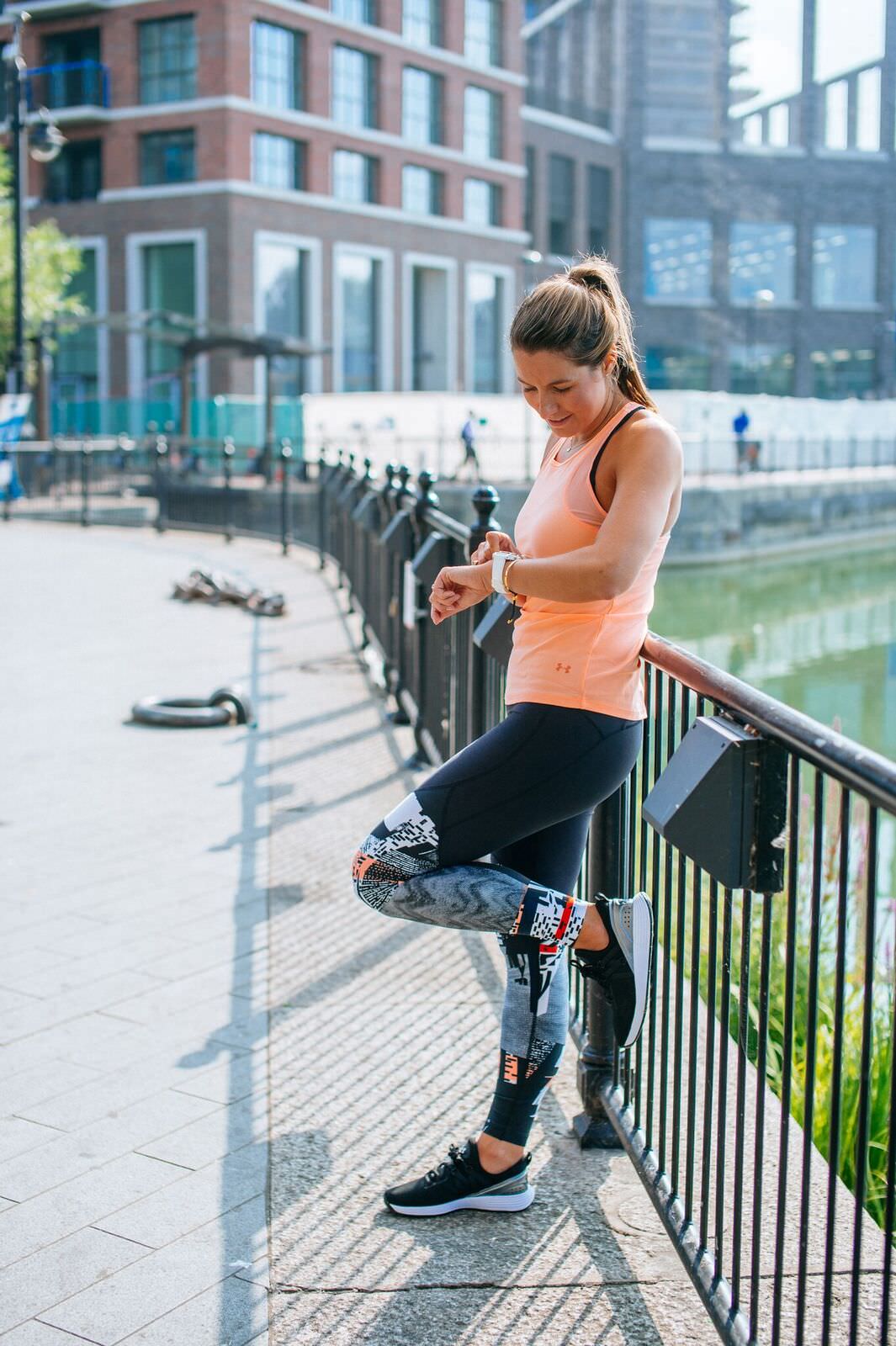
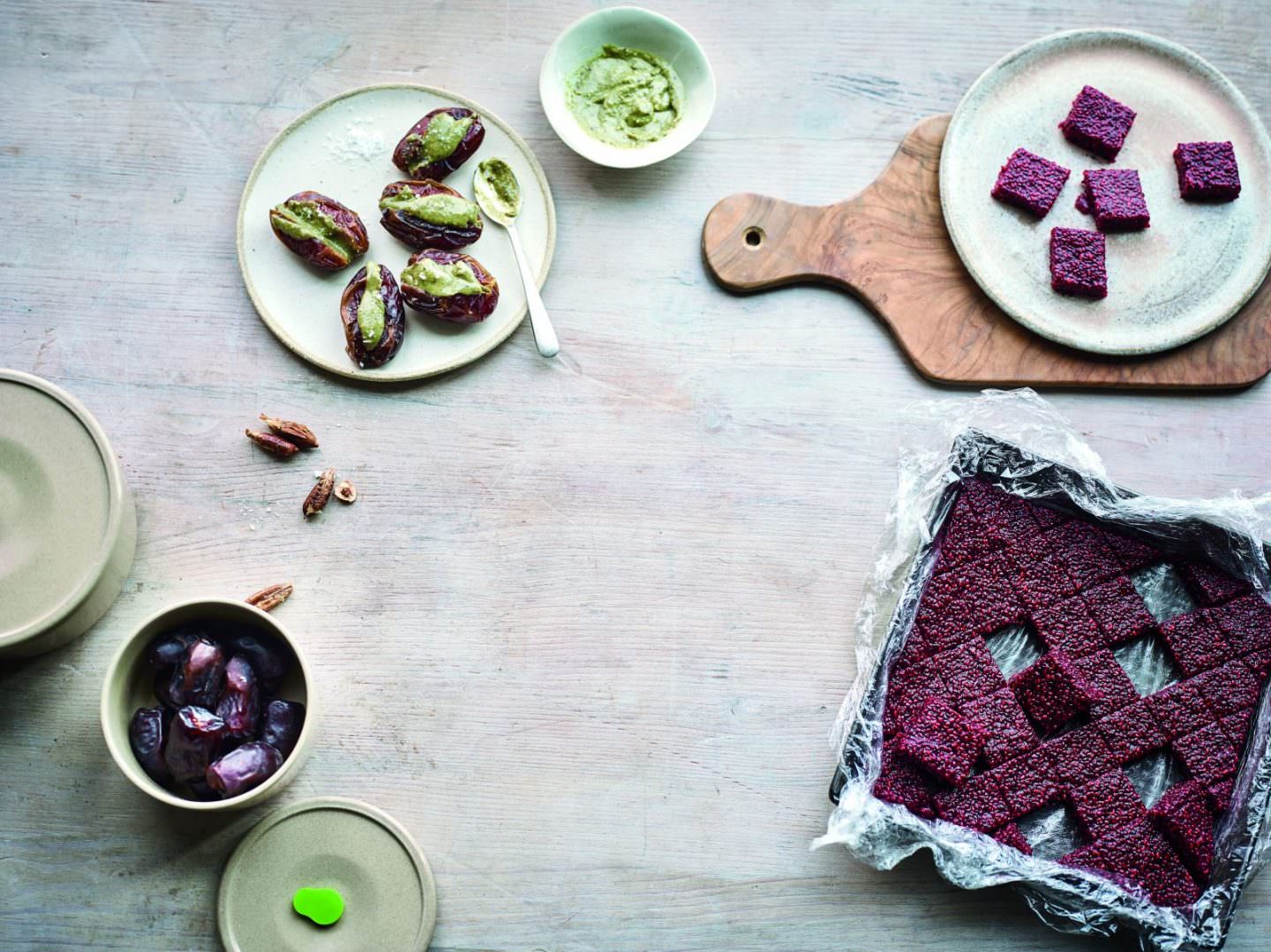
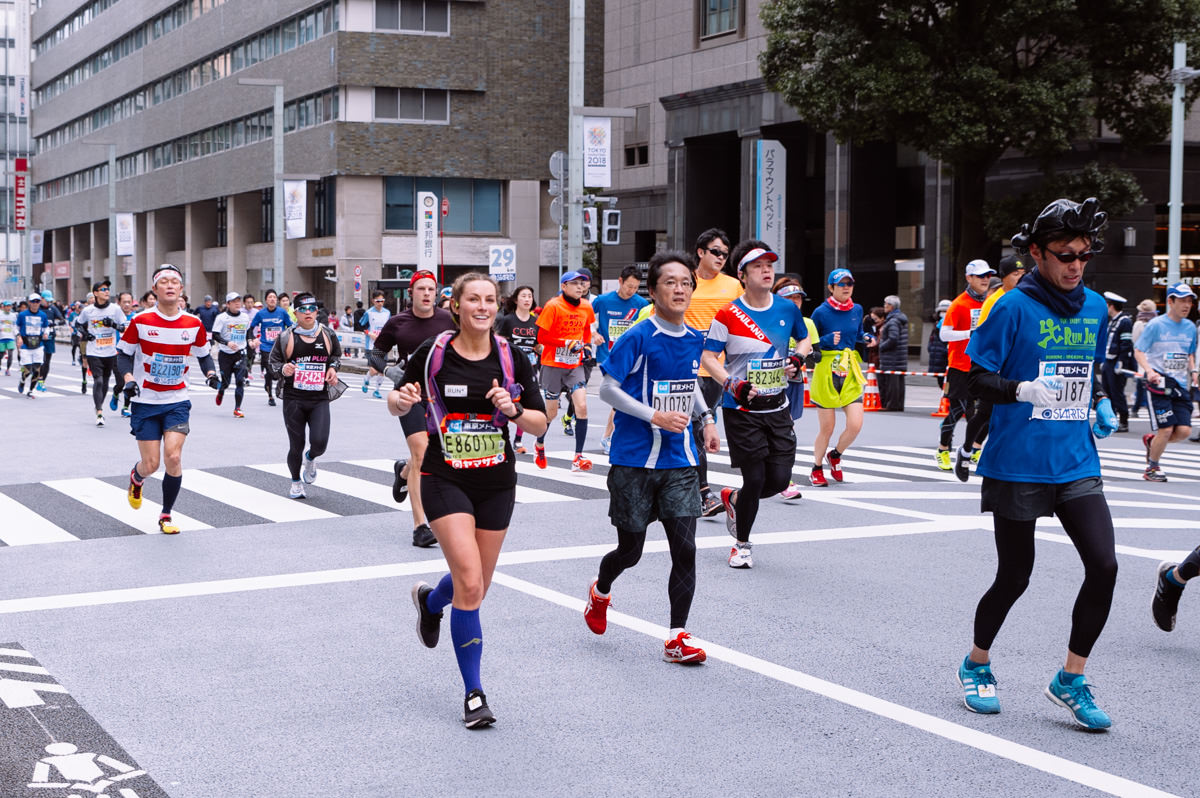
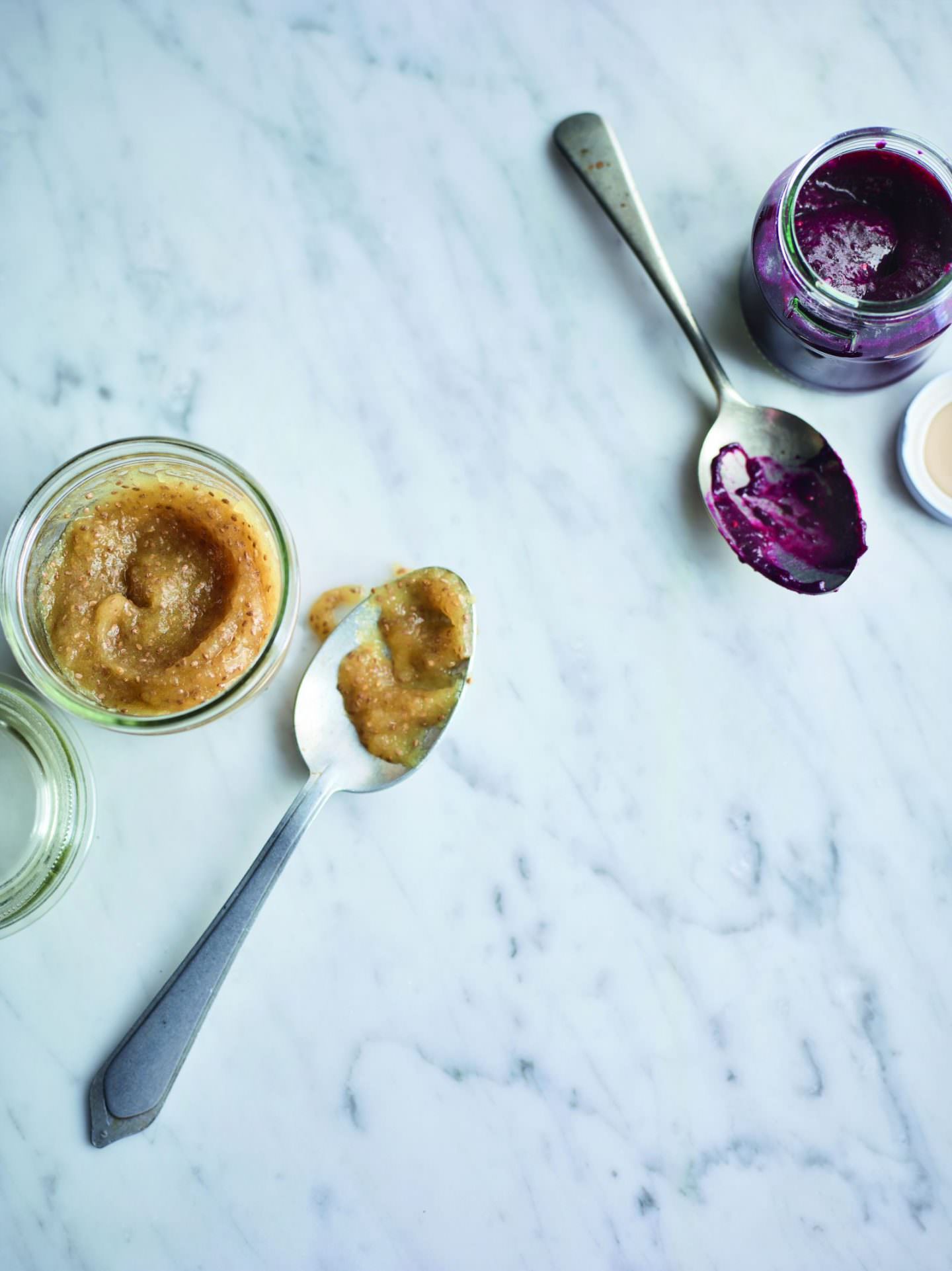
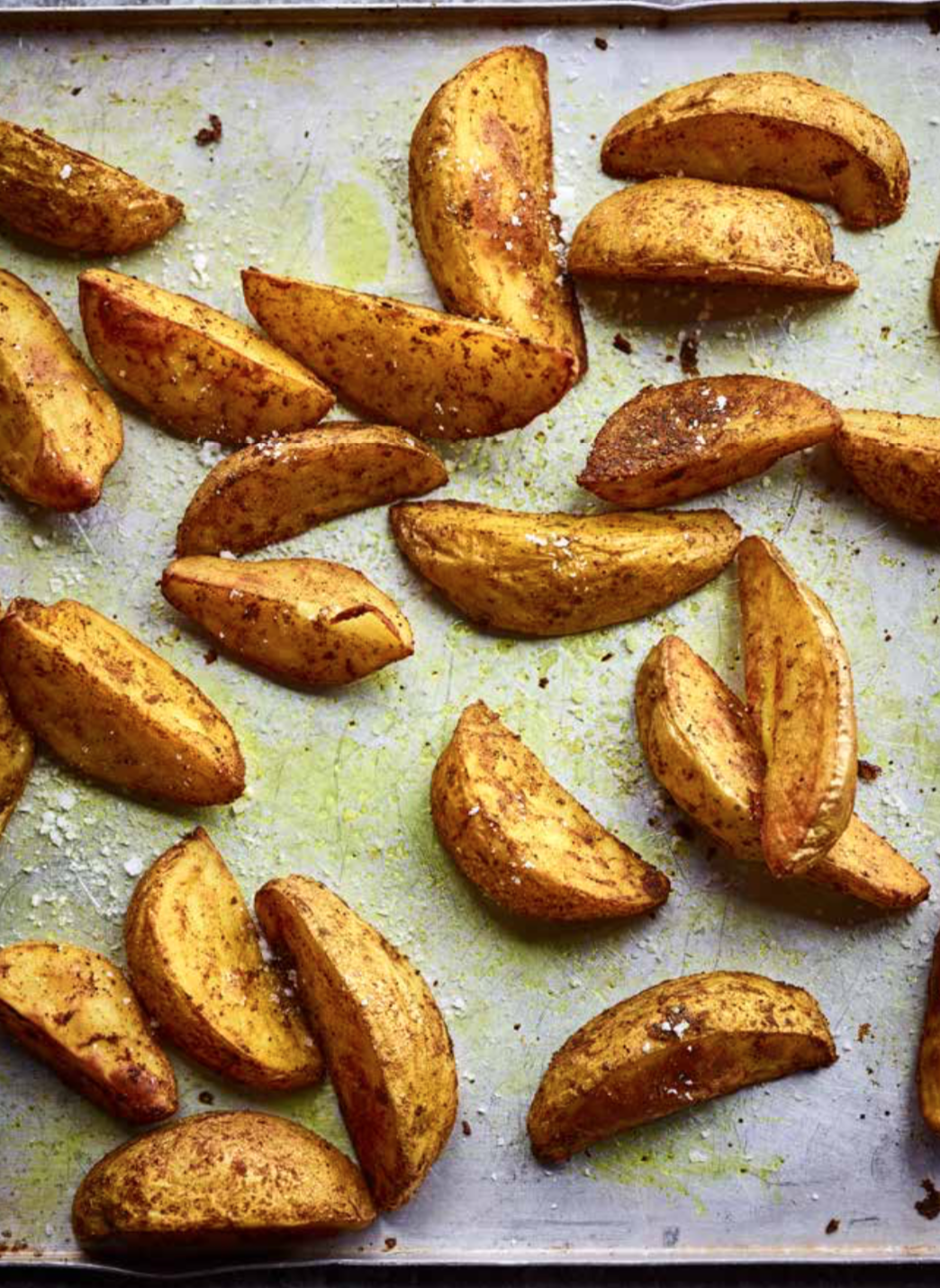
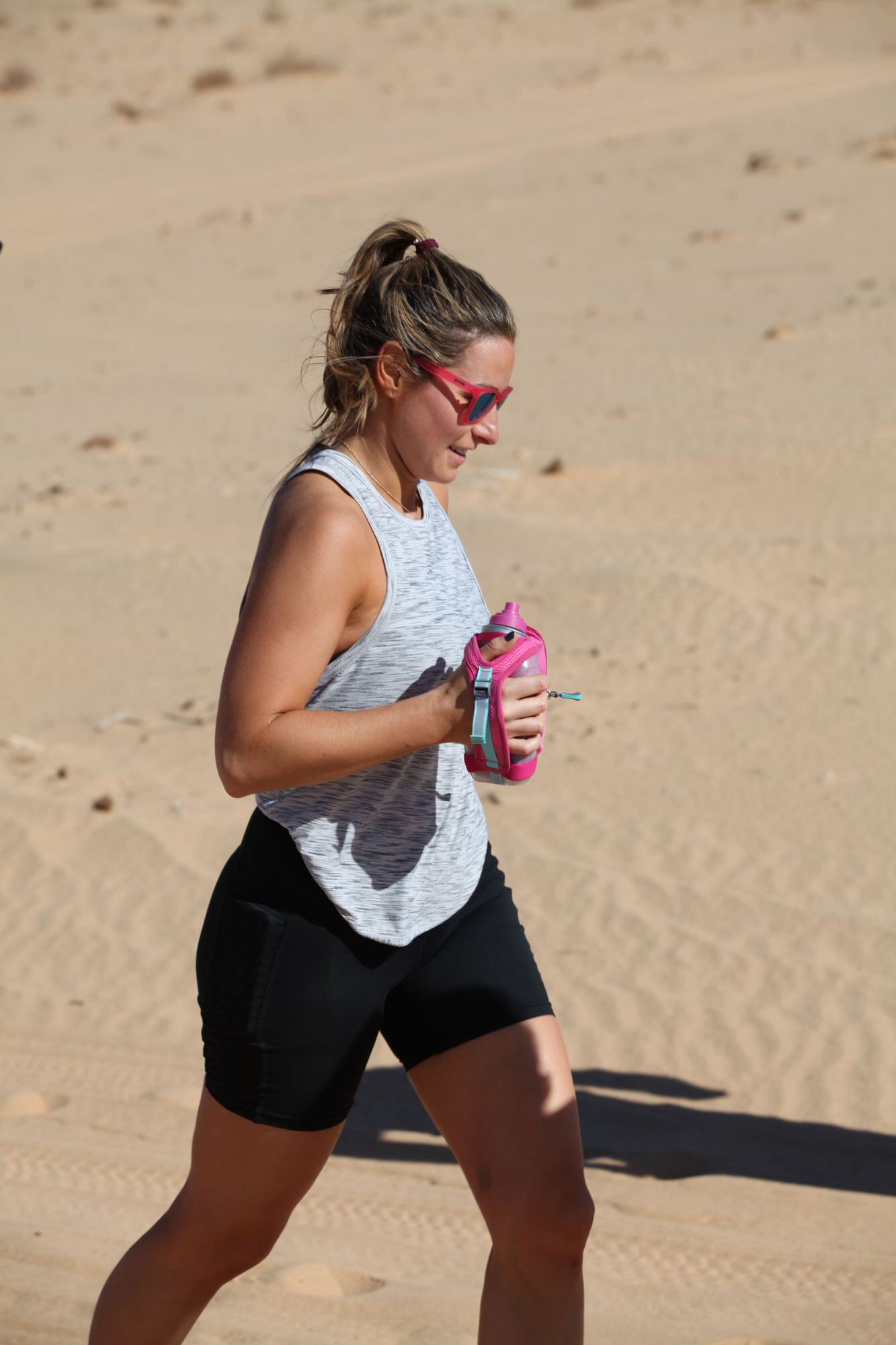
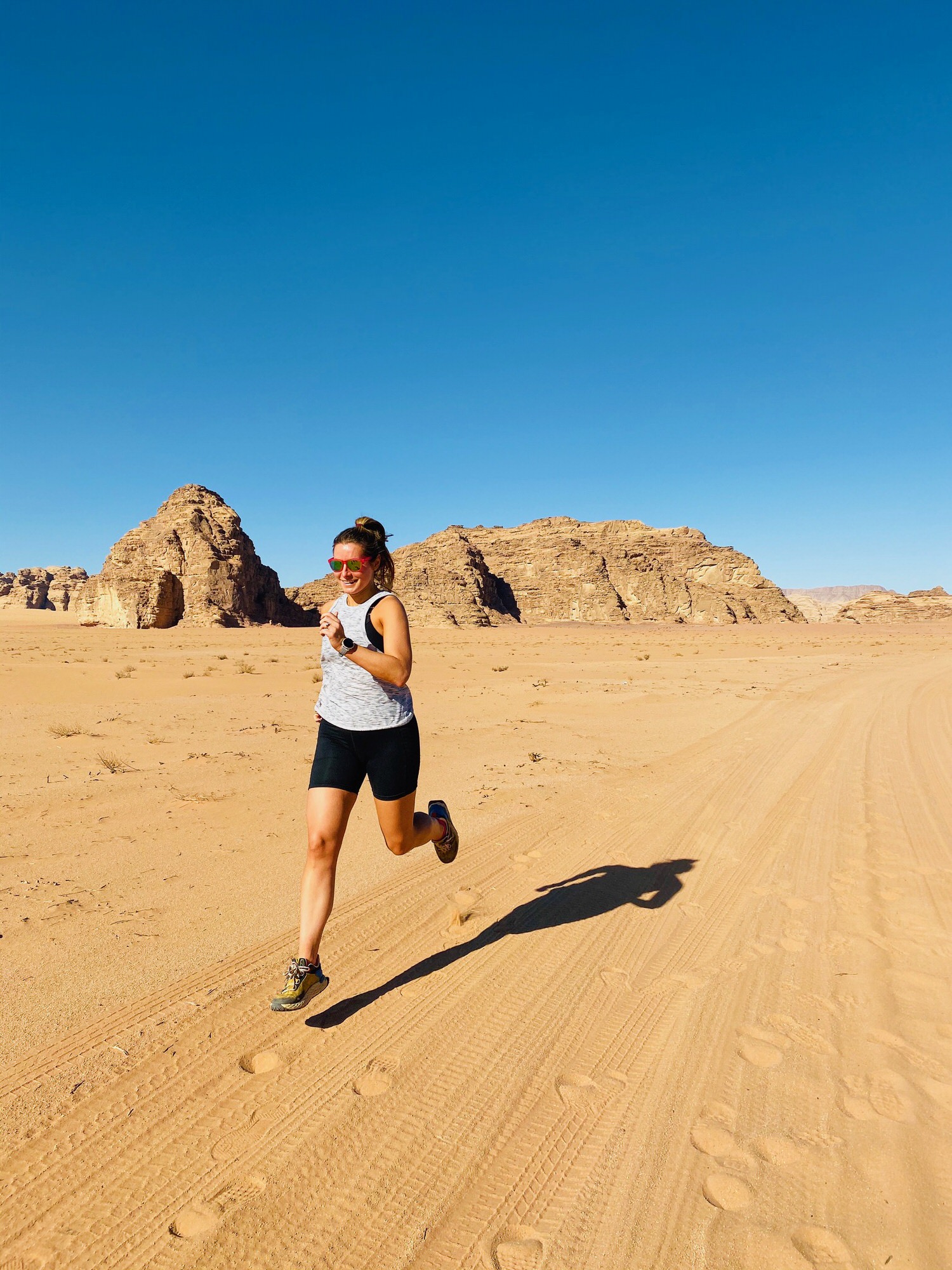
Thank you so much for posting this, and for recording the podcast. With all that is going on in the world right now I really appreciate something to listen to that is not directly connected with the pandemic.
I really appreciate you for sharing this. Please share some tips on lower chest exercise also.